Perfumers on Perfume : Ernest Shiftan
“What a character he was,” said Sophia Grojsman when I once asked her about Ernest Shiftan. When Grojsman came to International Flavors & Fragrances as a young chemistry student, Shiftan (1903-1976) was an experienced perfumer with a great portfolio of fragrances. Over the years, he created fragrances like Brut (with Carl Mann), Révillon Detchema, Jean Naté, Givenchy Le De, Prince Matchabelli Wind Song (with Léon Hardy) and Revlon Intimate. (Some sources mention Estée Lauder Youth Dew and White Linen as his co-creations too, but this is not correct. The former was created by Josephine Catapano, while the latter was the work of Sophia Grojsman. Since at the time Shiftan held the position of vice-president at IFF, his name would sometimes be automatically added to the successful creations of other perfumers.)
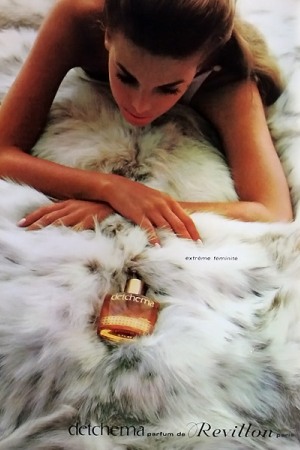

Shiftan certainly was a character. Well-versed not only in technical and artistic aspects of perfumery, he was excellent at winning customers’ trust and sensing the direction of trends. Shiftan made a famous quip that “in all of America there is only one true nose and it belongs to Estée Lauder.” In turn, Leonard Lauder was unstinting in his praise for Shiftan and the way he put American perfumery on the map. While many of his own creations have been either discontinued or reformulated, the fact that companies like Estée Lauder and Avon can compete with the French brands, and in some sectors of the market, even overtake them, is one of his achievements.
In partnership with the Osmothèque, I would like to share several excerpts from Review of the History of Perfumes, an essay by Ernest Shiftan:

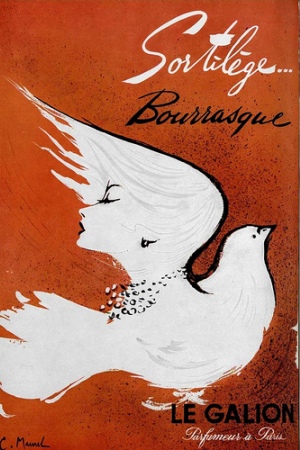
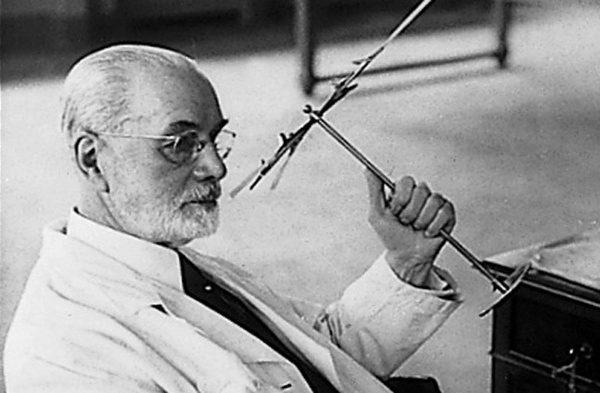
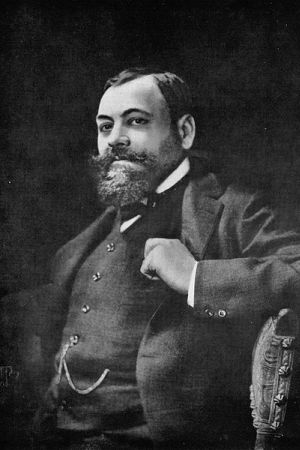
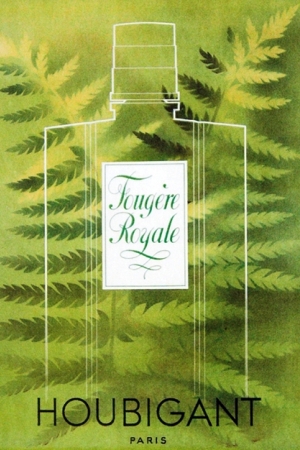

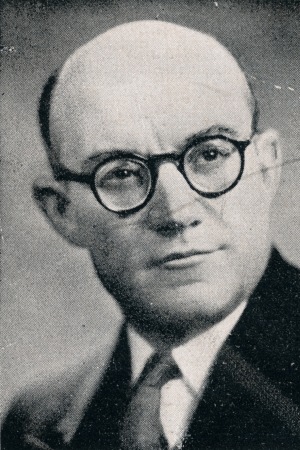













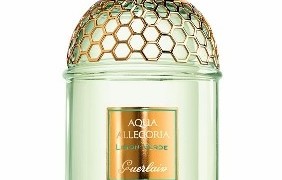


Yuliya Luk in Hermes Un Jardin Sur Le Nil : Fragrance Review: I want to say that after trying many perfumes from Hermes, I was not ready to buy them and use them. I received this scent as a gift from my… April 25, 2024 at 9:30pm